Shrinking spaces of the cities have led to the increase in the popularity of wall or vertical gardens. They can be built indoors as well as outdoors, and they not only improve the air quality around you but also add to the aesthetic value of the place. These gardens are suitable for those who do not have enough horizontal space for a regular garden, as well as for those living in urban areas, overwhelmed by the concrete.
Choosing a wall
The first decision to make is what wall you will use for your wall garden. The wall can be in the interior of your house or the exterior. Such walls can be aligned with your roofing system. It can be a wall you just want to cover up because it’s unattractive, but in general, any will do. You don’t have to worry about the weight of the garden, basically any wall can support its load, but you do have to consider how much sunlight it receives. You will have to choose your plants based on the conditions and the properties of the wall.

Shape and type of garden
There are many options to choose from when it comes to the type of your wall garden. There is no right or wrong choice, it depends only on what best suits you and your design and style, as well as on what you can incorporate best in your home. One of the options is a “pocket” wall garden or a container-style garden. With them your potted plants are put in containers or in some kind of pockets made out of fabric or canvas and then displayed in rows on the wall or attached to it. You can also opt for a wooden pallet. The pallet would be attached to the wall, with a cloth attached to the bottom, back and the sides of it, and then filled with soil. The plants would grow from the pallet’s openings.
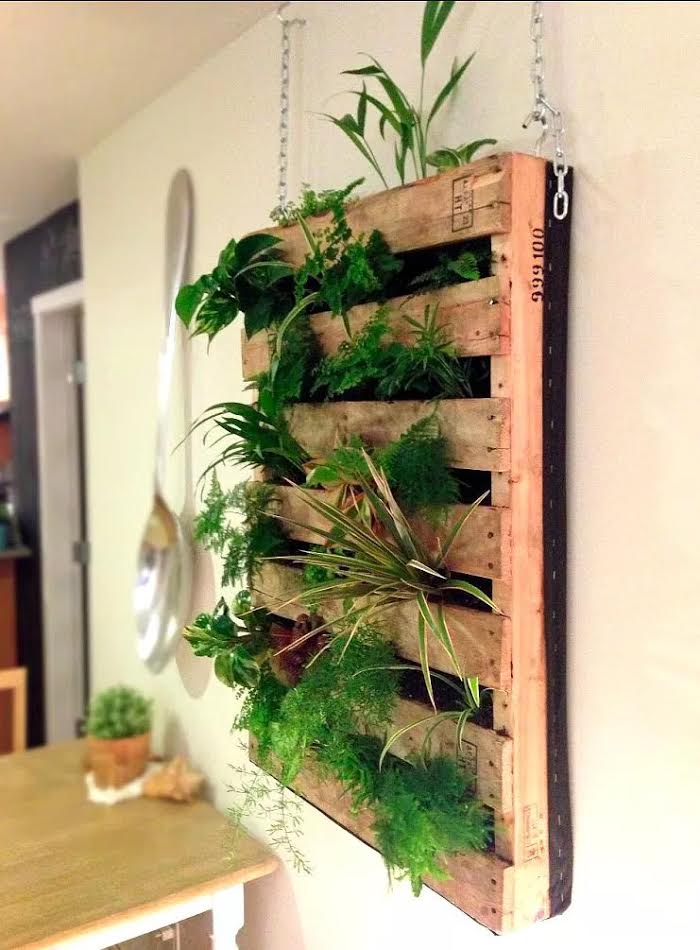
Building a frame
When you have decided on the shape, type and the size of your garden, you can then build a structural basis for it. This basis consists of three main parts. You will need a frame, a sheet of plastic and some sort of fiber that goes on top of it all. It is easier and more convenient to build your frame before attaching it to the wall. The frame can be directly attached to the wall or you can build it so that it hangs, which makes it easier to take down.
When building the frame, it is recommended to use plastic elbows and joints as opposed to metal or wood. Metal can add to the weight and is more expensive, and wood can rot when exposed to moisture, if not protected properly.
A sheet of plastic should then be attached to the frame, to protect the wall from water, and to serve as a backing for the fabric that will go over it. You should attach at least two layers of fabric to make it stronger because it is where the plants will be placed. Use any fabric that can retain water for the plants and that will not rot, for example felt carpet padding.

Choosing plants
When it comes to the plants, you should first think about choosing those more “flexible.” This means those that will not stick out too much when growing, but nicely flow towards the ground. For example herbaceous ones, as opposed to trees and vines. When it comes to maintenance, your best choice is probably perennials, and especially native ones, because they are the easiest to maintain, and native plants in general are more adapted to the local climate and soil.
Consider the amount of sun, humidity and shade your wall garden will receive, and also the temperatures in your area. Choose your plants according to those conditions and their needs.
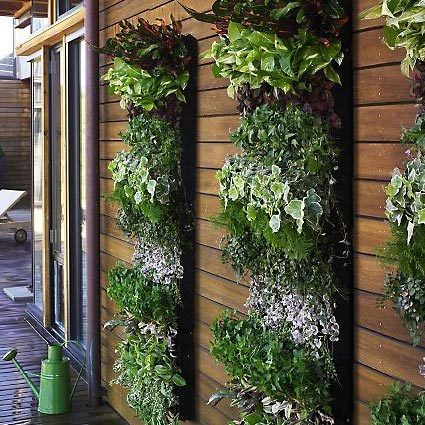
Irrigation system
You should set up an irrigation system in order to keep your plants growing. You can set it up in the form of a tube on top of your garden which will then drip water down throughout the fabric and towards the plants. Be careful not to overflow the plants with water, but also make sure to give them as much as they need. Wall gardens are a bit trickier than regular gardens as they need to be watered more often. Make sure to find the right balance. The drip-irrigation systems are probably your best option because they can distribute the water most efficiently and evenly.
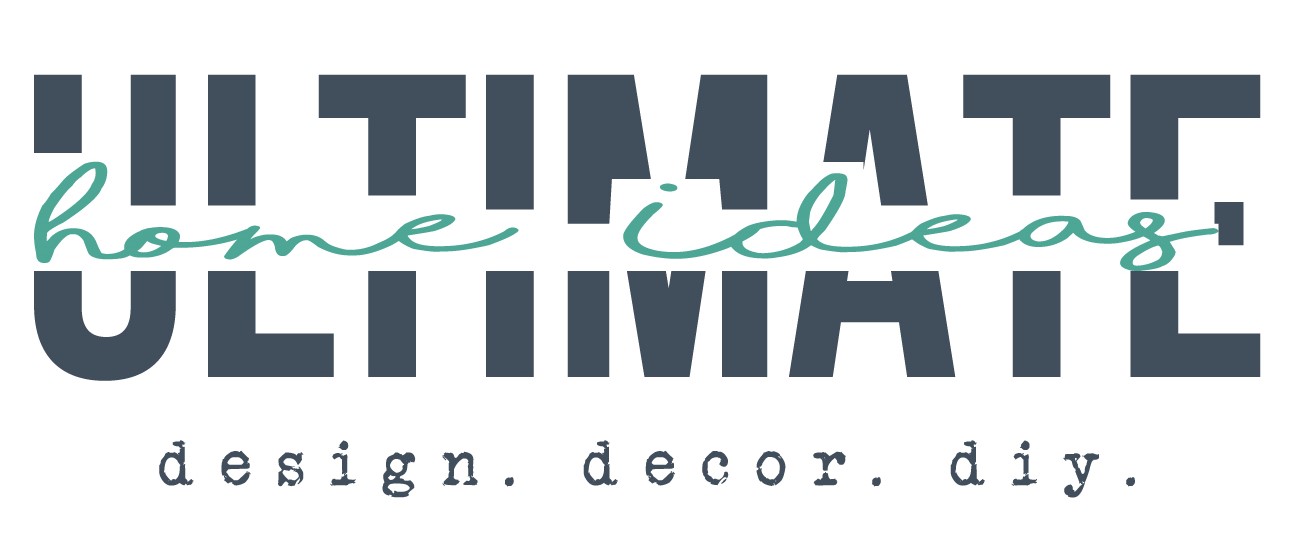
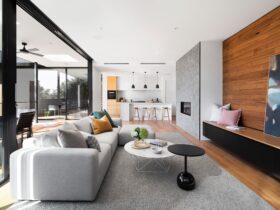
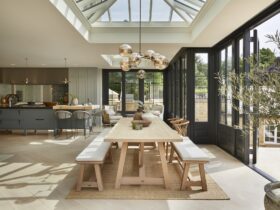
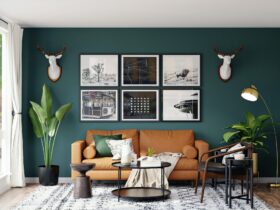
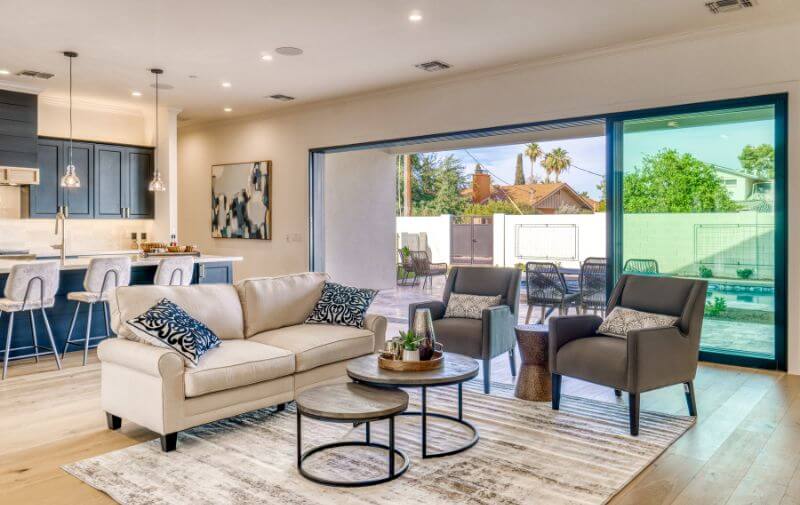
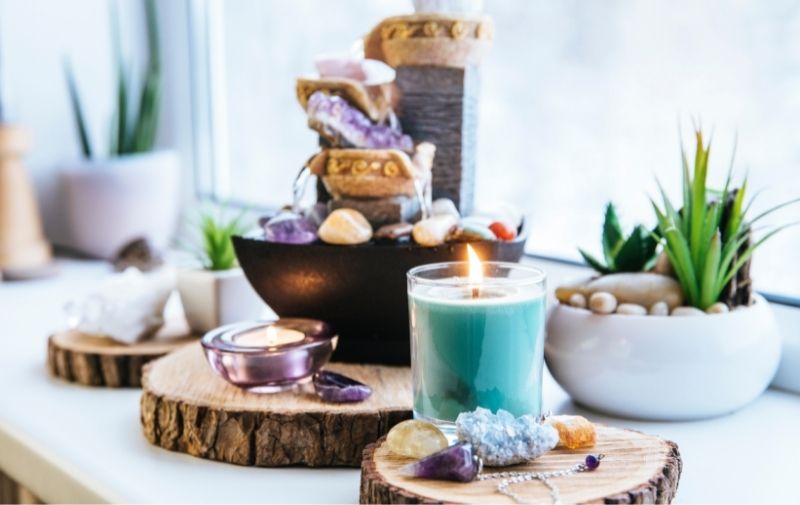
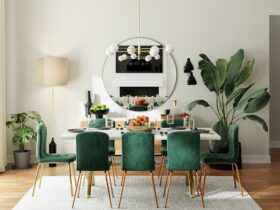
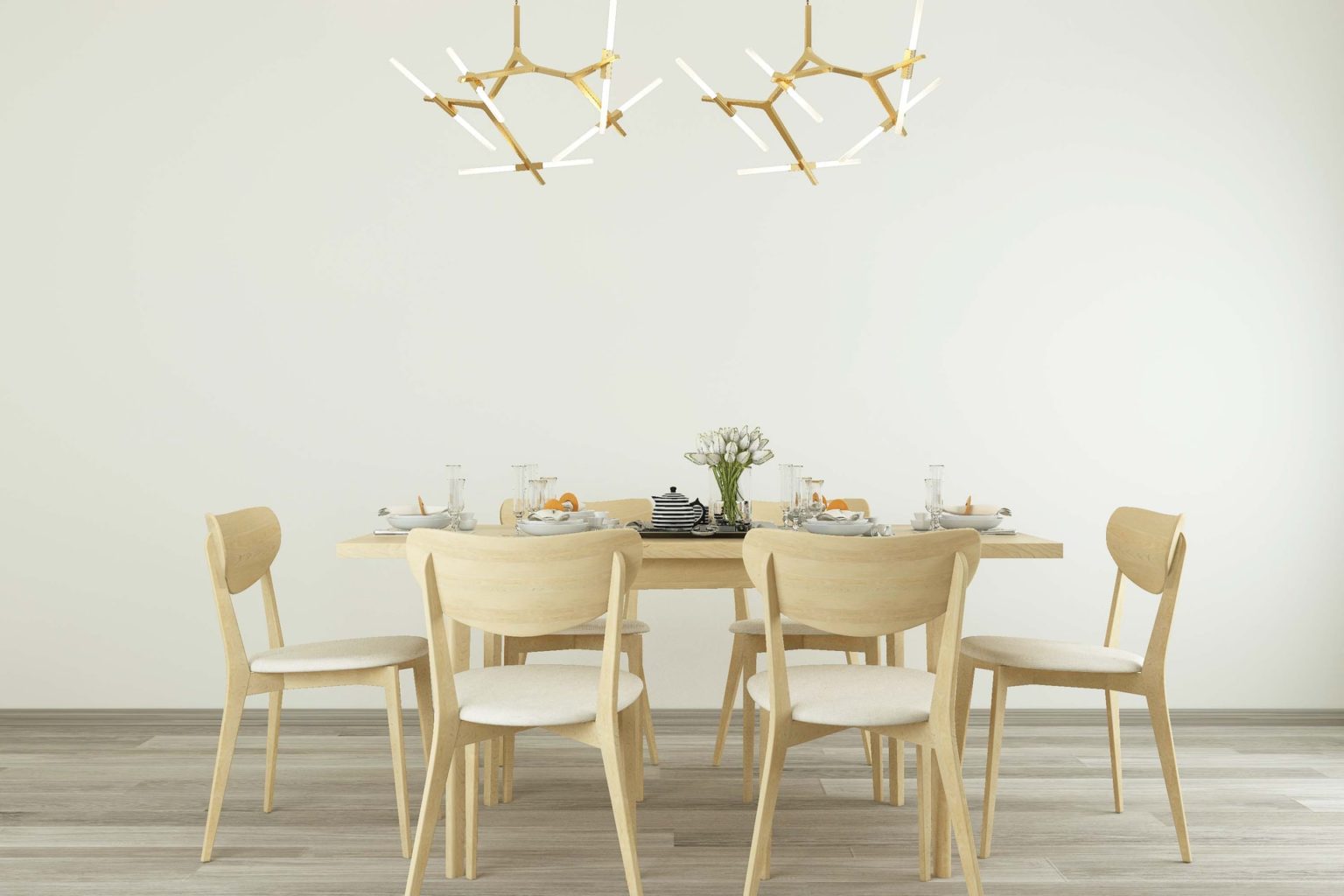
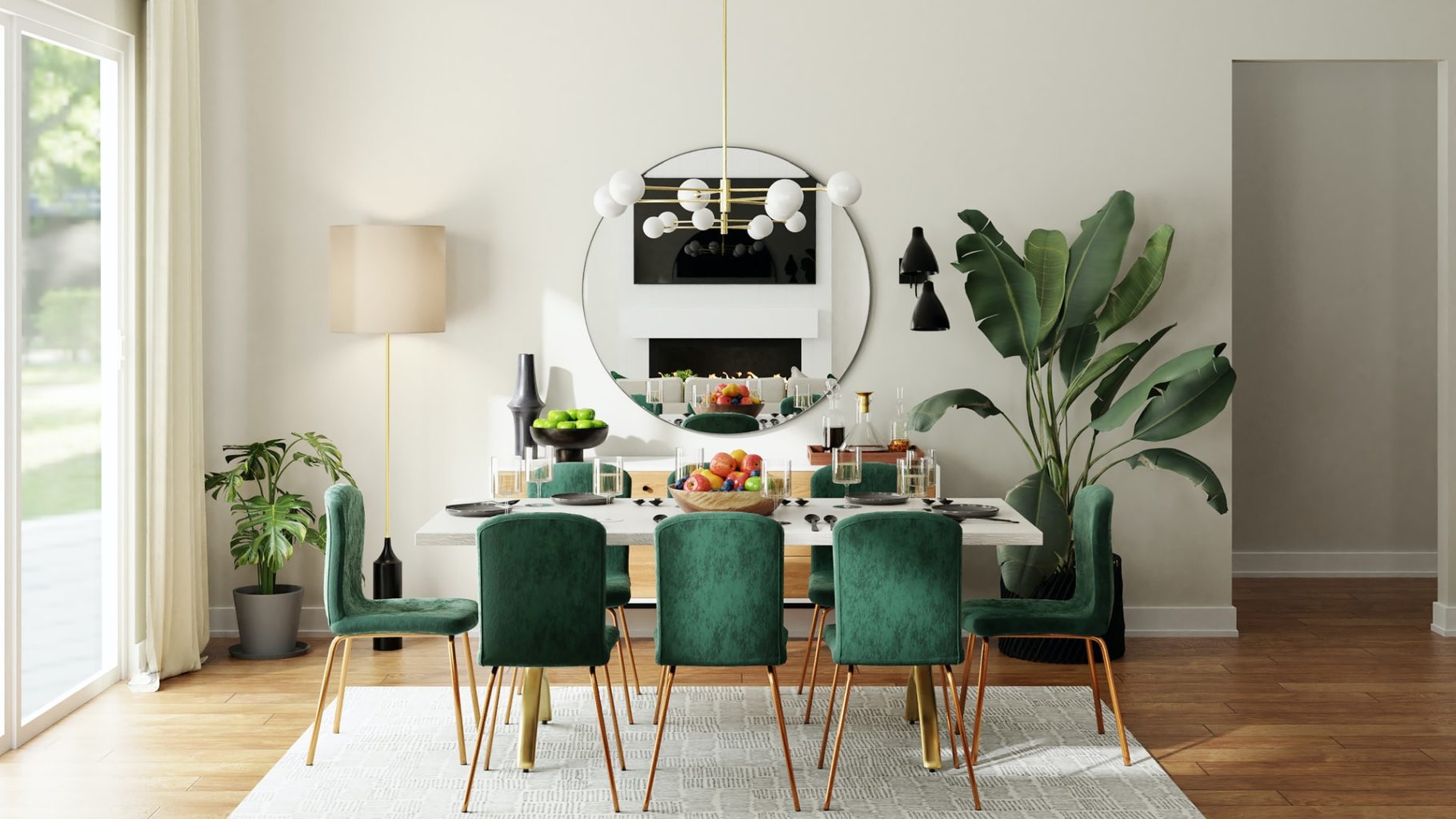
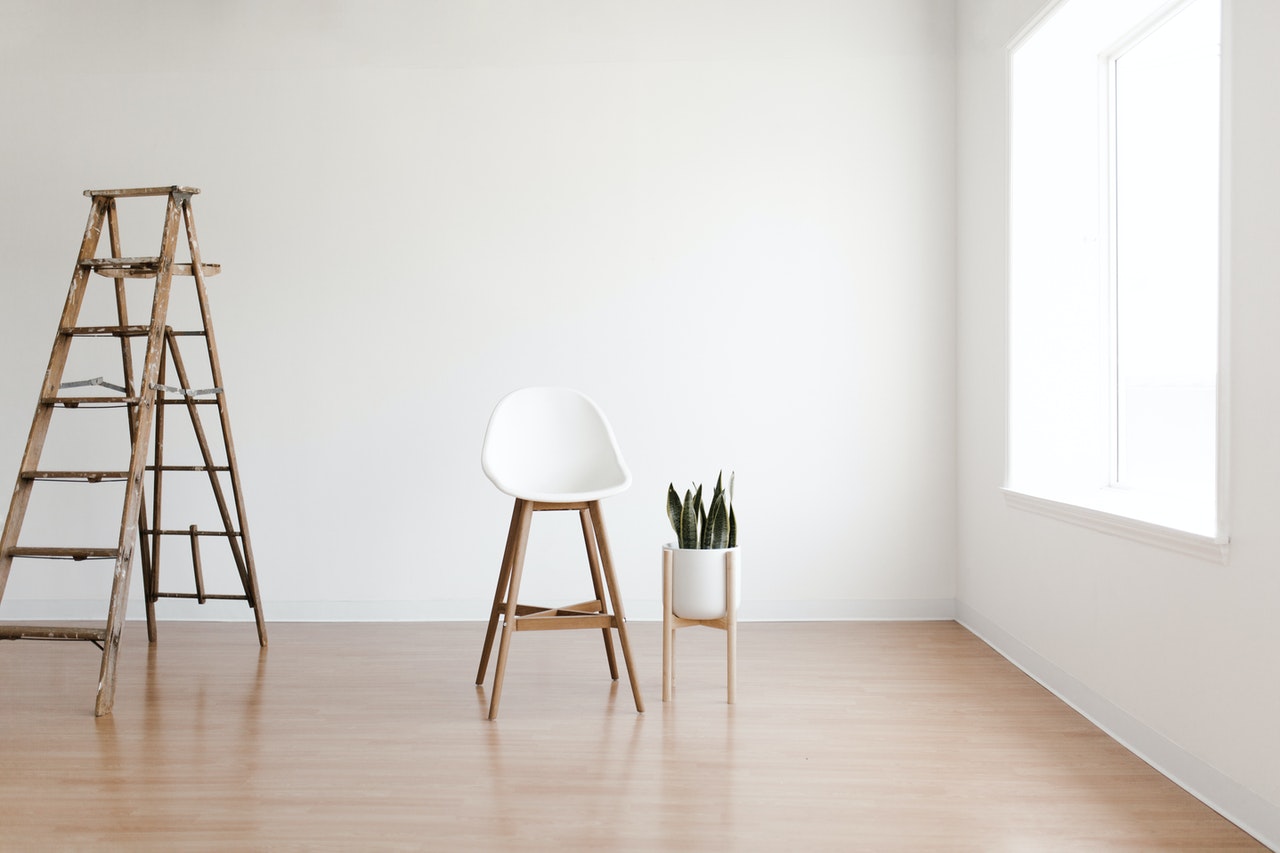
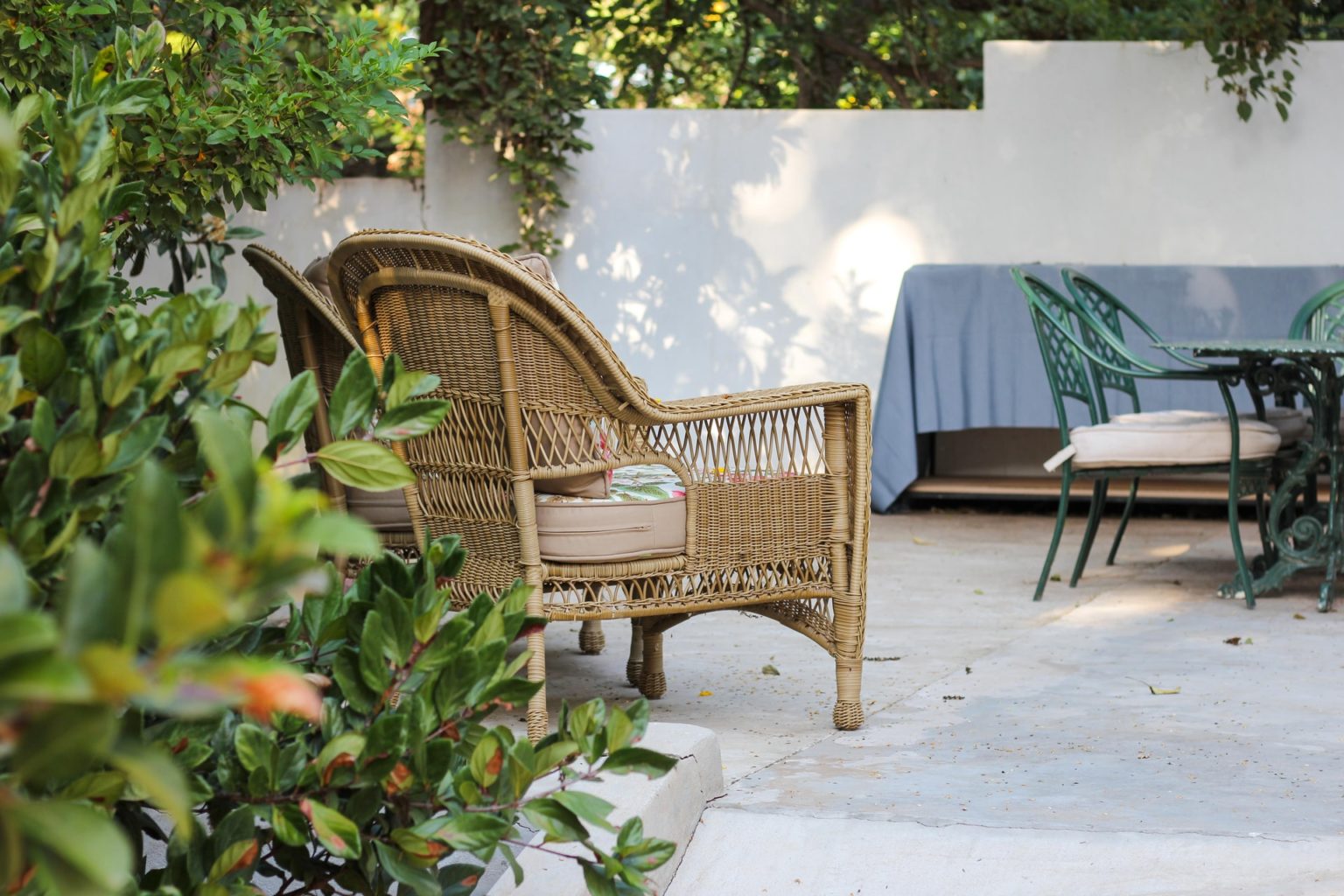
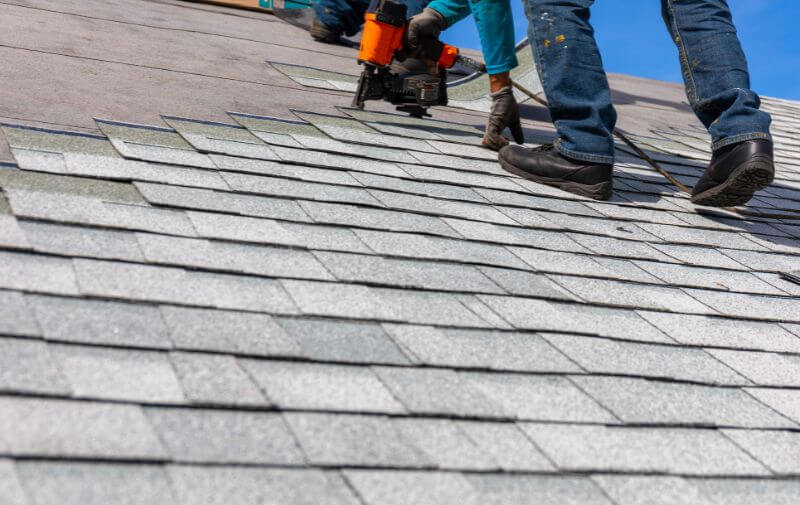
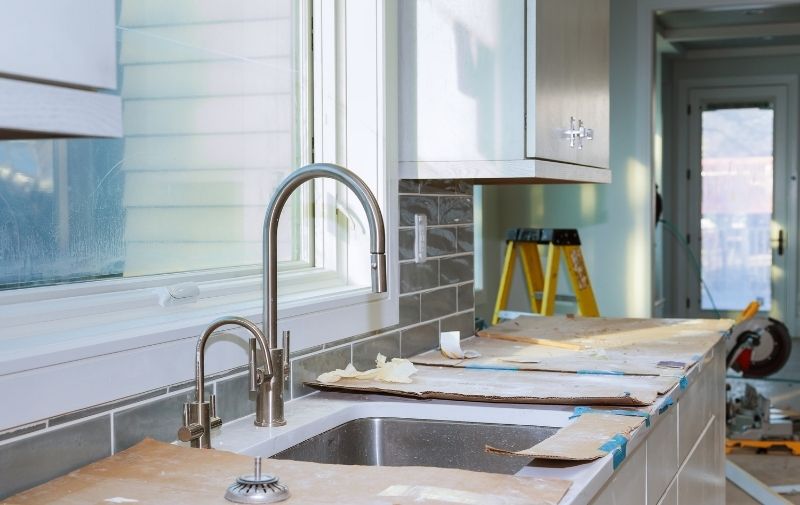

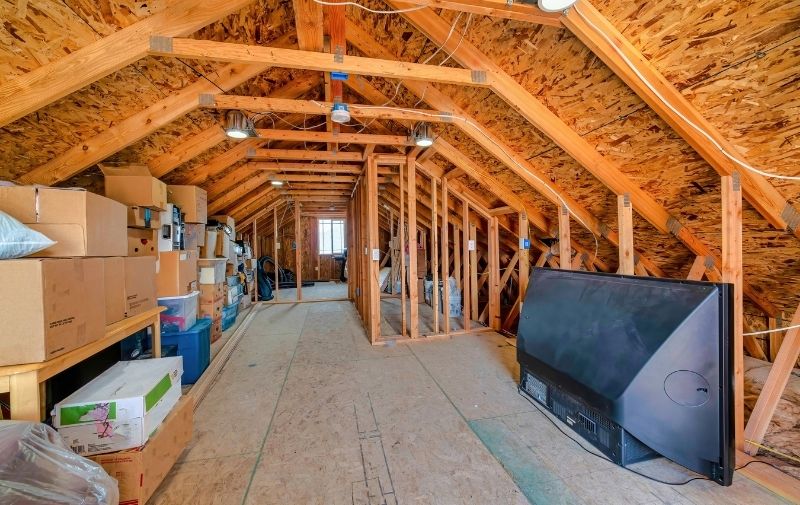
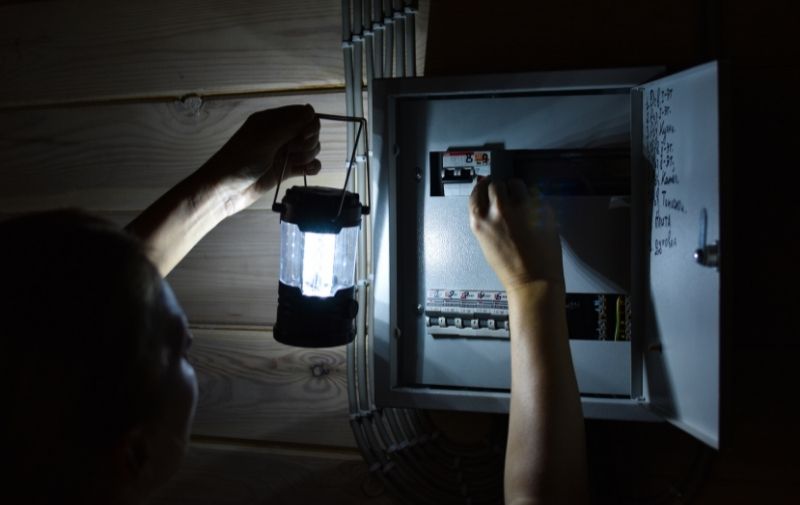
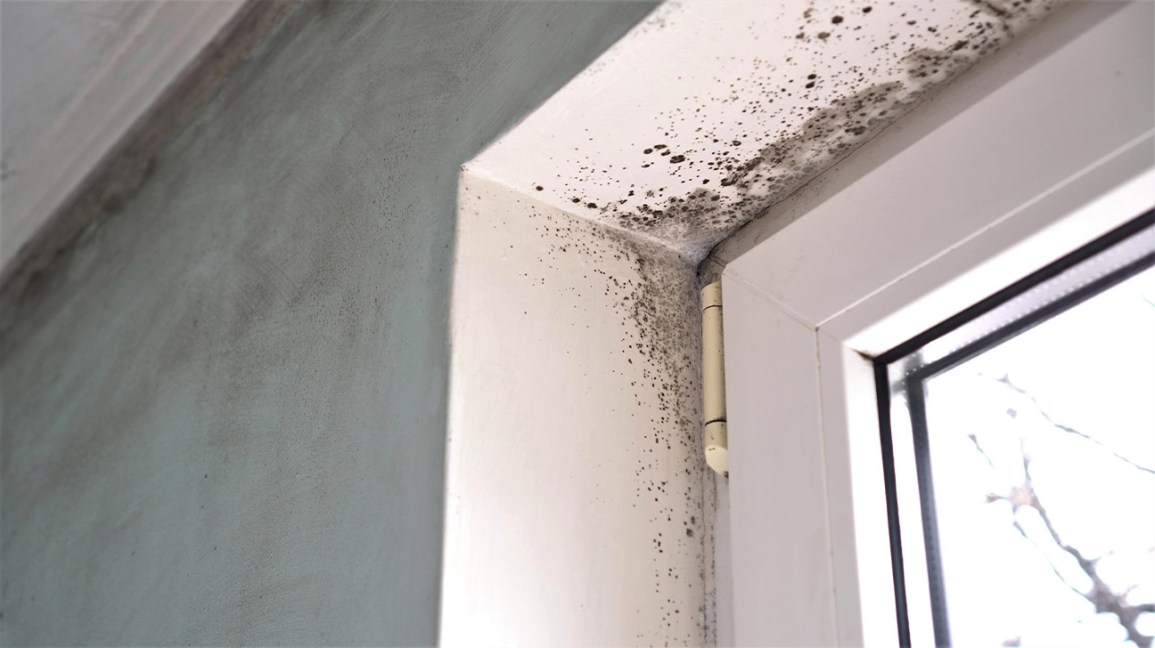

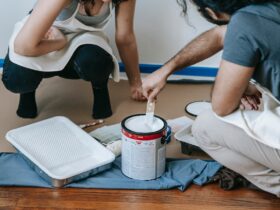
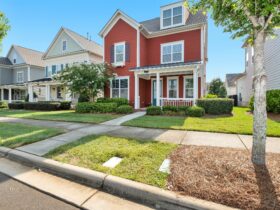
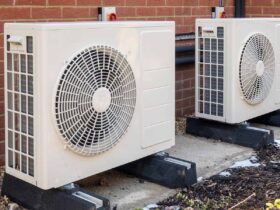
Leave a Reply